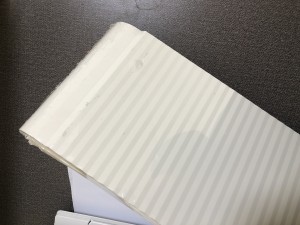Sliding doors are a popular choice among homeowners because of their beauty and space-saving features. Over time, however, these doors may begin to show signs of wear, causing annoying stickiness or stiffness when operating. Luckily, this problem has a simple solution – lubricate your sliding door. In this blog, we’ll walk you through the steps of lubricating your sliding door to ensure it glides easily for years to come.
Step 1: Assess existing situation
Before proceeding with the lubrication process, it is important to thoroughly assess the condition of your sliding door. Identify any visible debris, dirt or rust that has accumulated on the tracks, wheels or hinges. Cleaning these areas ahead of time will allow the lubricant to work more effectively.
Step 2: Gather the necessary tools
To oil your sliding door, you will need some necessary tools. Gather a soft cloth, a vacuum cleaner or broom, a mild cleaning solution, a wire brush or fine-grit sandpaper, and a silicone-based lubricant specially formulated for windows and doors.
Step 3: Clean Doors and Tracks
Start by cleaning the entire sliding door, using a soft cloth or vacuum to remove any loose dirt or debris. Next, consider using a mild cleaning solution mixed with water to wipe down the tracks. This helps remove dirt, stains or gunk that may interfere with the lubrication process. For stubborn dirt or rust, lightly scrub the affected area with a wire brush or fine-grit sandpaper.
Step 4: Apply lubricant
Once the door and tracks are thoroughly clean and dry, you can move on to applying lubricant. Choose a silicone-based lubricant as it effectively reduces friction without attracting dust or dirt. Spray a small amount of lubricant onto the cloth or directly onto the track, ensuring even application.
Step 5: Dispense Lubricant
To distribute the lubricant evenly, move the sliding door back and forth several times. This helps the lubricant penetrate hinges, wheels and tracks, providing smooth, efficient movement. Be careful not to apply too much lubricant as this may cause dripping and staining.
Step 6: Remove excess lubricant
After lubricating your sliding door, wipe off any excess lubricant with a clean cloth. This prevents sticky residue from building up or attracting more dirt or dust. Also, remember that regularly cleaning and lubricating your sliding door will extend its life and functionality.
Adding lubricant to your sliding door is a simple and cost-effective way to ensure smooth operation of your sliding door. By following the steps outlined in this blog, you can easily lubricate your sliding door and restore its seamless glide. Regular maintenance, including cleaning, will extend the life of your sliding door, allowing you to enjoy its benefits for many years to come. Remember, a well-lubricated sliding door not only enhances the aesthetics of your home but also adds convenience and ease to your daily life.
Post time: Sep-23-2023

